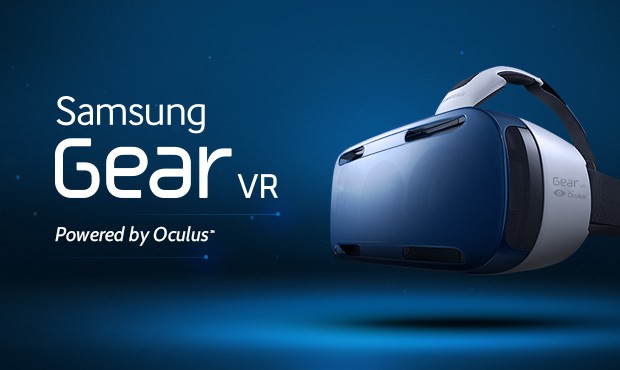In August 2012, a certain startup took to Kickstarter to promote and gain funds for the continued development of a gadget that would ideally, revolutionize the entertainment and technology industry as a whole. After their uber successful campaign, Oculus VR managed to collect nearly $2.5 million for the Rift; a decent increment on their humble benchmark of $250,000. From then on, it was known that this company was about to go places.
A couple of years later, this March, with Facebook’s high profile acquisition of the Virtual Reality pioneer, the talk surrounding the technology had grown tremendously. But really, who wouldn’t be excited about a wearable headset that gives you the front seat to your own personal motion-controlled theatre? Since then, the eager wait to see what could really come of this dream, has taken on gigantic proportions. Thankfully enough, we now have a glimpse of it.
IFA 2014 just saw the unveiling of the fruits of the partnership between Samsung and Oculus VR in the development of the first credible Virtual Reality headset – the Samsung Gear VR. The collaboration, using Samsung’s hardware and Oculus’ software has managed to turn quite a few heads its way.
Possessing an Accelerometer, Gyro, Magnetic and Proximity Sensors, the device offers a 96-degree field of view with under 20 milliseconds of Motion to Photon Latency, the goggles are hailed for being able to offer crisp video without any lag whatsoever. And with the capability to display to the viewer, a 175-inch screen from a distance of 2 meters away, this gadget seems quite impressive for a completely portable headset. That being said however, it does have its qualms.
Unlike Oculus VR’s much-publicized flagship – the Rift, the Gear unfortunately isn’t the all-purpose multimedia device that everyone’s been looking for. The core functionality of the Gear is completely dependent on Samsung’s Galaxy Note 4, with no exceptions.
The Note, slips into a slot on the external portion of the headset, allowing for its display to act as the Gear’s video source, being manipulated through the device’s lenses and electronics, before reaching the viewer’s eyes. The lack of speakers on the Gear also means that no matter how immersive the experience, you’re going to have to settle for your Note’s speaker or earphone audio.
When it comes to content, the Gear is currently dependent on Oculus’ growing content library, which consists of some decent games, ‘experiences’, 360-degree videos and movies, but nothing much to drool over. In addition, Samsung is working with partners to make movies VR compatible, but that’ll likely take some time to make any impact at all. Until then of course, you could still upload your regular content to your Note 4 and view it in regular 2D on the headset, if you’re in for the cinematic experience.
With the Gear being dependent on the Note’s display, battery and processor, it eliminates the possibility of it being used for any other purpose. And with the potential of this Virtual Reality device being limited to the capability of a Smartphone, it leaves us all wanting. More than being a game-changer, it’s just a fancy smartphone accessory.
The Gear VR was probably developed with good intentions, but what it seems to have become, is a rushed effort to be the first on the market, with a product that isn’t much more than a novelty. Hopefully Samsung will put a lot more thought into the Gear’s next iteration; but until then, it’s unlikely the price tag will be worth the investment.












